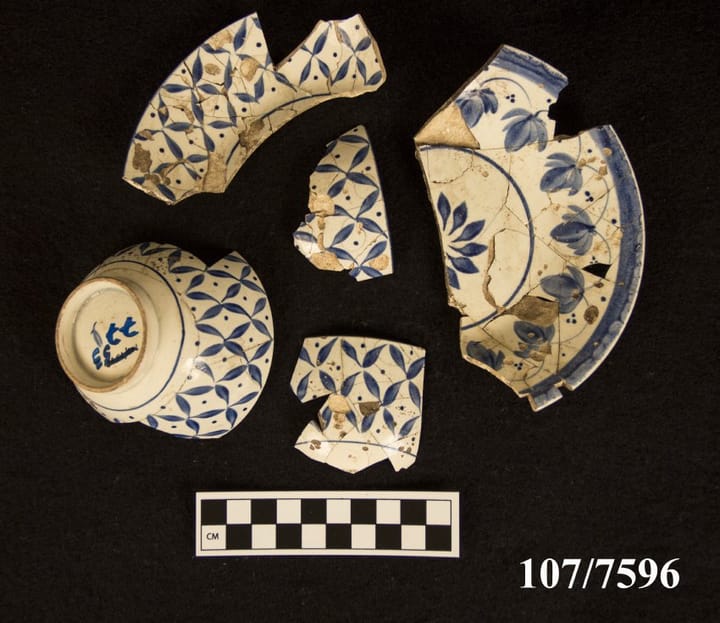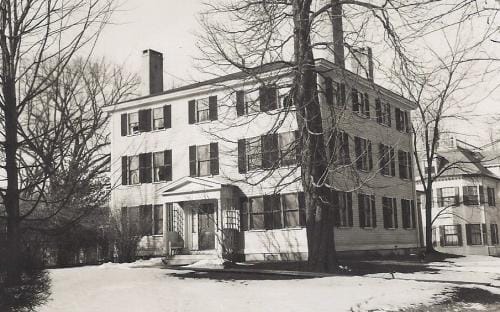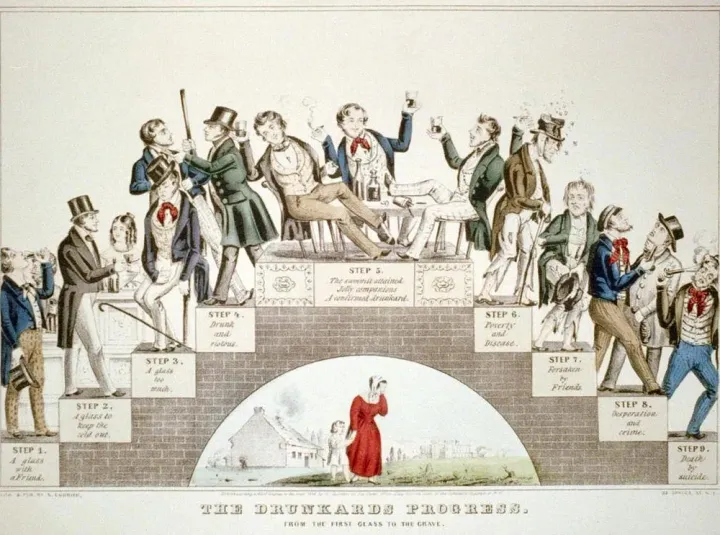Welcome to the first edition of Forgotten Taverns!
Like many of you, I missed going out to eat or having a drink at my local bar during COVID - sitting at the bar and chatting with my neighbors. I began to wonder how the 17th, 18th, and 19th century predecessors enjoyed their local bars or taverns, and how these establishments impacted our nation. And thus, my blog, Forgotten Taverns, was born!
I'll explore history and share some fun facts, lost history, old recipes, drinking games, and obsolete words related to taverns. Did you know that in 1750, the Boston region had 35 distilleries producing over 300,000 gallons of New England rum (a cheap, poor-quality rum) before the British embargo and the Revolution? So much for tea!
The local tavern has changed a lot over time. In the 17th century, it was a community center that every town was mandated to have. It had benches for seating, “bars” surrounding the corner storage, and people drank beer and rum. By the 18th century, taverns had tables and shared punch bowls, and “drink to your health” became a standard phrase. They also served as centers for revolutionary communications. In the 19th century, taverns transitioned from heavy drinking to stagecoach stops with dancing and the early stages of prohibition. Each of these forgotten taverns had a tremendous impact on our culture, politics, technology, and trade.
In Forgotten Taverns, I dive into the rich history of taverns and their impact on shaping America into what it is today. I step into the shoes of three tavern owners from Andover, Massachusetts - William Chandler of Horseshoe Tavern (1600s), who experienced the challenges of coming to America, building a new town, and dealing with smallpox and witch trials; Daniel Poor (1700s), whose freed slave became a Revolutionary War hero; and Benjamin Jenkins (1800s), who witnessed his stagecoach stop become abandoned by new technology, the railroad.
I hope you'll join me on this journey to discover who we are through the lens of Forgotten Taverns.
Joann Michalik



Comments ()